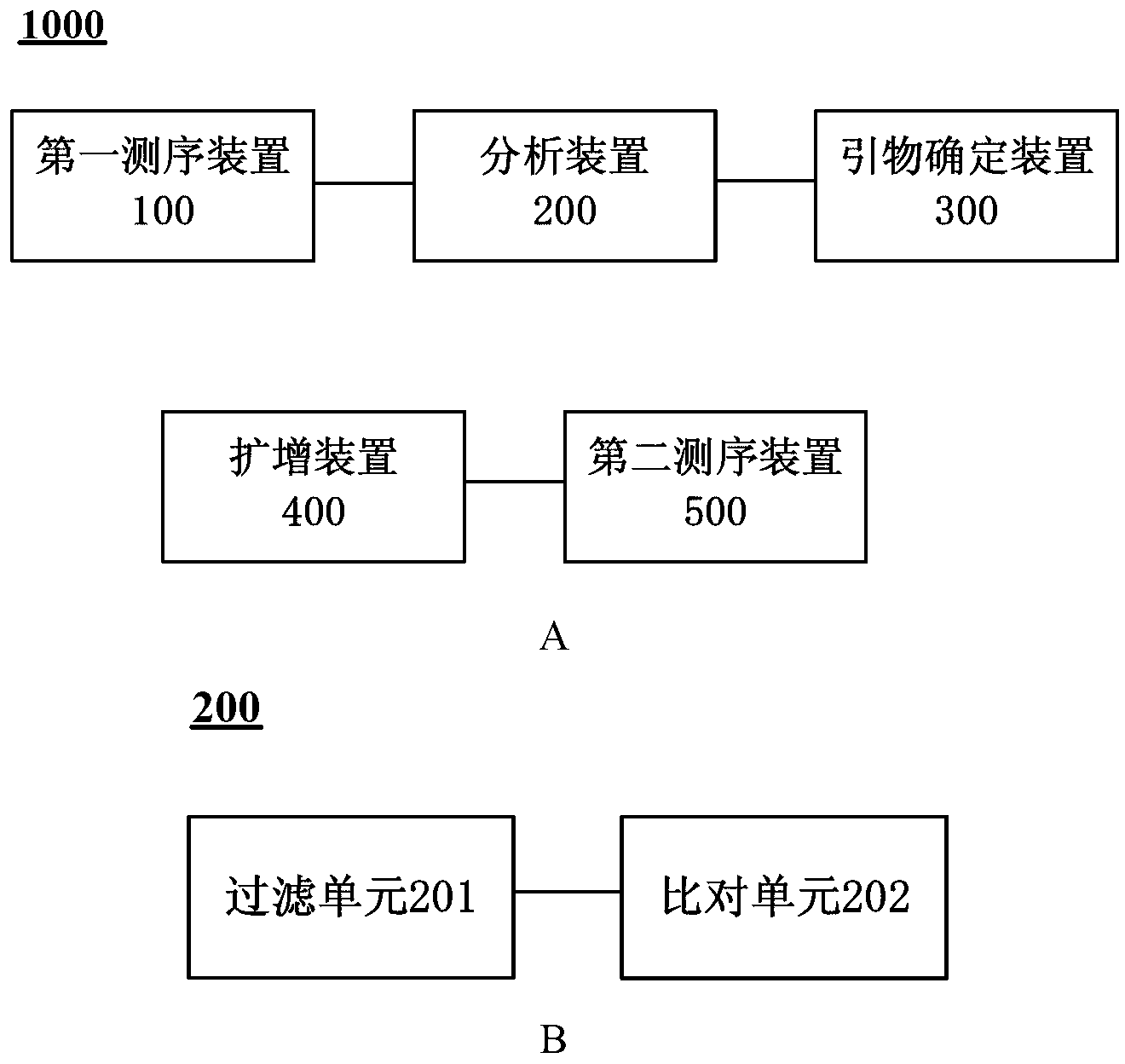Method and system for determining HPV integration site in genome from human cervical carcinoma sample
A technology for human cervical cancer and integration sites, which is applied to the field of determining HPV integration sites in the genome of human cervical cancer samples, can solve the problems of difficult to find integration sites, unfavorable integration conditions, and needs to be improved, and achieves easy preparation and operation, The effect of low production and use cost and simple structure
- Summary
- Abstract
- Description
- Claims
- Application Information
AI Technical Summary
Problems solved by technology
Method used
Image
Examples
Embodiment 1
[0043] refer to figure 1 According to the method of the present invention, the HPV integration site in the genome of the human cervical cancer sample to be tested is determined according to the following steps:
[0044] (1) Preparation of sample DNA
[0045] Sample information: A 47-year-old Chinese female patient with no relevant medical history or familial cervical cancer genetic history. The main clinical symptom is abnormal vaginal bleeding for up to 6 months. Cytology revealed HSIL (high-grade squamous intraepithelial lesion). In the HC2 test, the foci of HR-HPV infection tested positive. Biopsy specimen showed postoperative squamous cell carcinoma tumor tissue.
[0046] Human cervical cancer samples (including blood, cancer tissue and paracancerous tissue) were collected, DNA was extracted separately and purified using standard methods.
[0047] (2) Library construction and sequencing
[0048] Use the Illumina library construction method to construct a library with...
PUM
 Login to View More
Login to View More Abstract
Description
Claims
Application Information
 Login to View More
Login to View More - R&D Engineer
- R&D Manager
- IP Professional
- Industry Leading Data Capabilities
- Powerful AI technology
- Patent DNA Extraction
Browse by: Latest US Patents, China's latest patents, Technical Efficacy Thesaurus, Application Domain, Technology Topic, Popular Technical Reports.
© 2024 PatSnap. All rights reserved.Legal|Privacy policy|Modern Slavery Act Transparency Statement|Sitemap|About US| Contact US: help@patsnap.com










